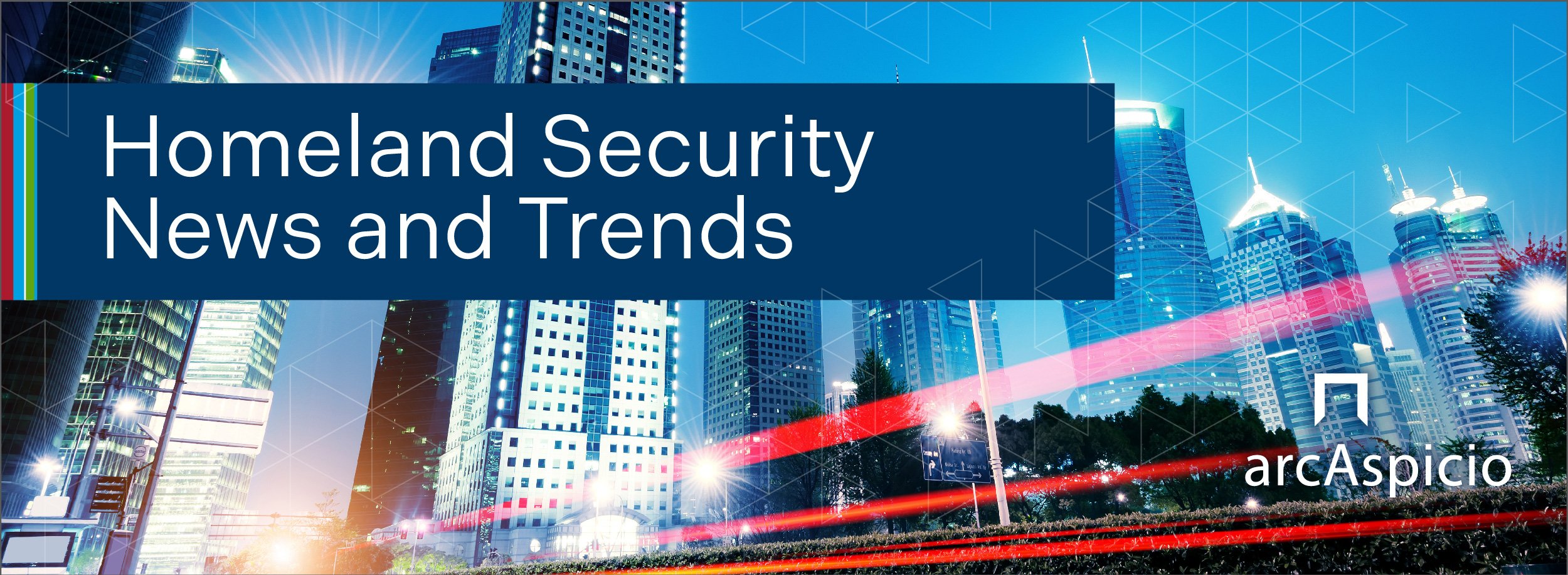
Day in the Life of a Project Leader
Around 6am the light in my room comes on low and gently, slowly brightens until reaching daylight strength. By 6:30, the artificial sun in the corner of my room tricking my brain into thinking the actual sun has risen, I’m awake. I go into the bathroom and begin my morning routine. This early in the day, my routine is essential to me actually getting ready and out the door by 7:30. Once I get to work, the routine is over.
I catch the train heading north. Onboard, I turn on my hotspot and begin my work day. I catch up on emails, tasks, and Yammer. I review potential candidates and read cover letters and resumes to decide if applicants should move forward to the next recruiting step. It was not long ago, I was one of these candidates applying for a job at Arc Aspicio and it is difficult to say no to any of them.
The train arrives at my destination and I fire up a podcast for the walk from the station to my office site, about a half mile. This is a little down-time before the work day fully begins. I arrive at the office and greet my team members on the way to my cube.
This day is overshadowed by juggling. My team is going through a transformation effort which requires that we shift processes, roles, responsibilities, leads, and deputies. I go through a morning of meetings discussing the upcoming changes to team structure and responsibilities. As a manager, I must compartmentalize details, carefully measuring who needs what pieces. Each meeting has a different set of participants needing different levels and types of information. The very nature of restructuring teams turns a relatively simple exercise into a Gordian knot. The knot will be untangled though, it is all part of the process of working through a difficult change.
After lunch, I have two interviews for potential new team mates, then back into meetings regarding the restructuring. First we discuss how to track data across three teams and three functional areas simultaneously. We are stymied by the limitations of Excel. I begin to plot out how to solve the data problem using Access and will reach out to the SILab for help with dashboards and using data visualization tools. Luckily, we have just learned that a government tool we use daily has much more robust reporting capabilities and holds considerably more data than we previously had access to. Hopefully, we can leverage that tool and come up with a more elegant solution than multiple Excel spreadsheets.
I step away from my contract work to concentrate on company initiatives. I have a call with my director to discuss Strategic Initiatives activities. We are looking at the possibilities of various management and service-oriented methodologies to understand their value with respect to Arc Aspicio – are they applicable, would they be helpful for the whole organization, do our customers require adherence to particular structures?
Wrapping up the initiatives conversation, I sit down with members of my account management team to review a Request for Proposal (RFP) recently issued by ICE. I’ve asked them to review the files and give me their recommendations. Not only do they need to consider the feasibility of the work (can we do it) but the long-term impact to our company (should we do it). They have done their homework and give me a summary of the RFP and their opinions on feasibility and impact. We decide that while this is work that we could do, it does not fit well with work we should do as it falls outside our key strengths, would be neither interesting nor engaging, and would not further company knowledge or experience.
The last meeting of the day is at the same time contentious and fun. Fun because we are modeling a process using post-it notes and a big wall – laying out a process visually is the best way to see the flow of process steps and how roles interplay within the process. The whole group is able to see the striking similarities in three processes which will need to converge into one. We make good progress but, the meeting is contentious because this team will see the most impactful changes and they are unsure about how it will play out for them. They voice their concerns, strongly. I can see that we need to communicate better and keep these internal stakeholders more involved. While counterintuitive, this is actually a positive sign. Even though the stakeholders are concerned the simple act of taking part, asking questions, and voicing their concerns is a huge step toward mitigating their fear of the upcoming change. All change is scary and it is my role to support and guide the team through the ups and downs of the transformation.
My meetings end at 4pm. Today, I’ve spent over six hours in scheduled meetings. Several ad-hoc discussions consumed even more time. My clients leave. My team leaves. I stay to finish up administration tasks, emails, and other responsibilities. I listen to another podcast on my walk to the train home. Luckily, I can read an e-book on the ride rather than continue working. At home, I get my clothes together for the next day so my morning routine runs smoothly. And so the cycle resets.
About Arc Aspicio
Arc Aspicio is a management, strategy, and technology consulting firm that takes a mission-oriented approach to complex client challenges. As a rapidly growing company, Arc Aspicio has a bold strategy for 2016-2018 that drives growth through new capabilities in strategy, design, human capital, data analytics, information sharing, cybersecurity, and strategic communications. The company is known for a strong, collaborative culture that values gratitude – for its clients and its great team. And, #welovedogs! Follow us on Twitter @arcaspicio or learn more at www.arcaspicio.com





















